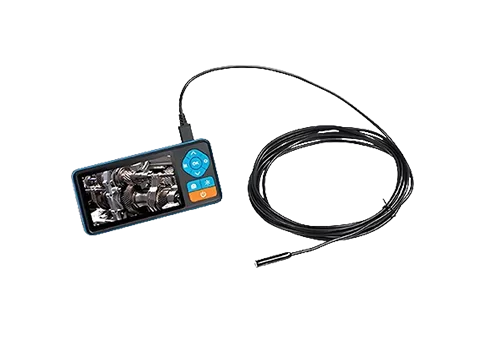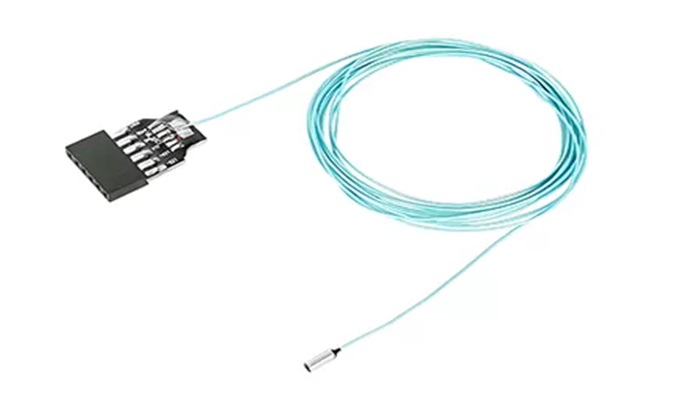At present, medical device manufacturers worldwide are encountering numerous challenges in their development processes. Firstly, supply chain volatility continues to affect the industry. Key raw material prices have increased by an average of 35% compared to the pre-epidemic period, and delivery lead times have extended to 6-8 weeks. Secondly, the regulatory environment is becoming increasingly stringent. Product certification costs have increased by 40% since the new MDR regulation was implemented in the European Union, and the U.S. FDA approval cycle has lengthened to 15-18 months. More seriously, the global healthcare spending crunch has led to procurement budget cuts and a 12% year-on-year decline in hospital equipment replacement rates in 2023.
At the operational level, companies are facing triple pressure: R&D investment continues to increase (the average R&D ratio of the top 10 companies reaches 12% of revenue), but the return cycle of innovation is lengthening; localized production requirements in emerging markets are increasing, and multinational companies need to reconstruct their regional supply chains; and the transformation of digital healthcare is imminent, but the compatibility between traditional devices and AI systems is a significant challenge. Notably, the rise of Chinese companies is rewriting the competitive landscape, and technological breakthroughs have been realized in CT, ultrasound, and other fields, boosting global market share to 28% by 2023.
In the face of challenges, industry leaders are implementing three major strategies to ensure their continued success: building regionalized supply chain networks to increase resilience, developing modular device platforms to reduce R&D costs, and generating sustained revenue through subscription-based service models. In the next three years, the ability to transform from hardware manufacturers to healthcare solution providers will determine the market position of companies.


